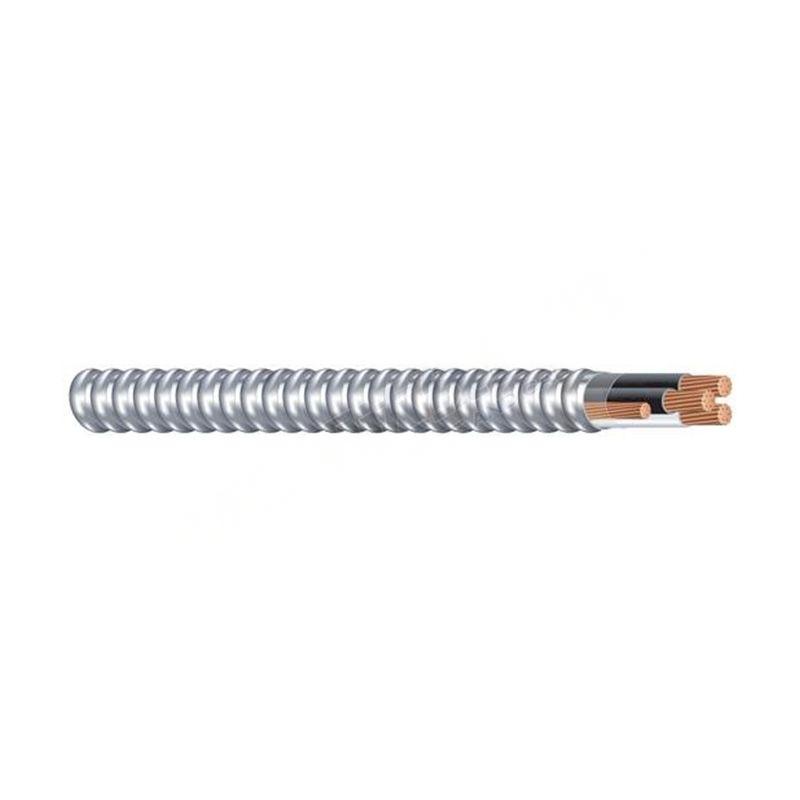Dec . 21, 2024 18:33 Back to list
casting ball valve
The Versatility and Efficiency of Casting Ball Valves
In the realm of fluid control systems, the ball valve stands out as one of the most efficient and reliable solutions for regulating the flow of liquids and gases. Among the various manufacturing techniques used to produce these valves, casting has emerged as a preferred method due to its inherent advantages. This article explores the unique features and benefits of casting ball valves, their applications, and why they are a crucial component in numerous industries.
What is a Casting Ball Valve?
A ball valve is a quarter-turn valve that uses a spherical disc, the ball, to control the flow of fluid. When the valve is turned, the ball rotates to either permit or obstruct flow. Casting refers to the manufacturing process where molten materials, usually metals, are poured into a mold to solidify into the desired shape. This technique allows for intricate designs and shapes that might be difficult or impossible to achieve using other manufacturing methods.
Advantages of Casting Ball Valves
1. Durability and Strength Casting allows for the use of various alloys that enhance the strength and durability of the valve. These materials can withstand high pressures and temperatures, making casting ball valves suitable for extreme conditions commonly found in industrial applications.
2. Complex Geometries The casting process enables manufacturers to create complex geometrical shapes that improve functionality. For instance, casting allows for the incorporation of integral features such as flanges and connection interfaces, reducing the need for additional components and enhancing the overall integrity of the valve.
3. Cost-Effectiveness Once the initial mold is created, producing additional units becomes relatively inexpensive. This makes casting an economical choice for producing large quantities of ball valves, catering to industries that require bulk supplies.
4. Improved Sealing The manufacturing precision of casting provides high tolerance levels, resulting in superior sealing capabilities. A well-sealed ball valve minimizes the risks of leaks, which is critical in preventing accidents and losses in piping systems.
casting ball valve

5. Customization Casting allows for customization in size, shape, and material composition. Manufacturers can tailor these valves to meet specific requirements of various applications, providing clients with specialized solutions that best suit their needs.
Applications of Casting Ball Valves
Casting ball valves are ubiquitous across numerous industries, showcasing their versatility.
- Oil and Gas In the oil and gas sector, these valves manage the flow of hydrocarbons under high pressure. Their ability to handle aggressive fluids and gases makes them vital in refineries and drilling operations.
- Water Supply and Wastewater Treatment Ball valves play a crucial role in municipal water systems and wastewater processing, where they regulate the flow of water efficiently while ensuring contamination is minimized.
- Chemical Processing The chemical industry often utilizes casting ball valves due to their compatibility with corrosive substances. They ensure safe handling and transportation of chemicals while maintaining operational efficiency.
- HVAC Systems Heating, ventilation, and air conditioning systems rely on these valves for flow control, significantly affecting energy efficiency and system performance.
Conclusion
Casting ball valves represent a vital component in modern fluid control systems. With their inherent advantages of durability, cost-effectiveness, and versatility, they have become essential in various industrial applications. As industries evolve and seek more efficient solutions for fluid management, casting ball valves are likely to remain at the forefront, providing reliable service and innovative designs to meet the demands of an ever-changing marketplace. By prioritizing the use of casting techniques, manufacturers can continue to improve the performance and longevity of ball valves, ensuring safety and efficiency in critical applications around the globe.
Share
-
Reliable Wafer Type Butterfly Valves for Every IndustryNewsJul.25,2025
-
Reliable Flow Control Begins with the Right Ball Check ValveNewsJul.25,2025
-
Precision Flow Control Starts with Quality ValvesNewsJul.25,2025
-
Industrial Flow Control ReliabilityNewsJul.25,2025
-
Engineered for Efficiency Gate Valves That Power Industrial PerformanceNewsJul.25,2025
-
Empowering Infrastructure Through Quality ManufacturingNewsJul.25,2025